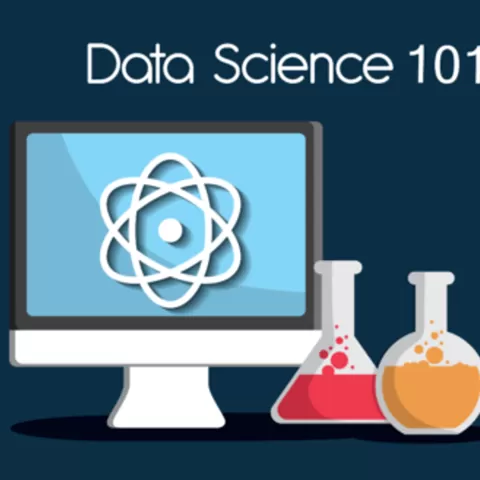Important: The focus of this course is on math – specifically, data-analysis concepts and methods – not on Excel for its own sake. We use Excel to do our calculations, and all math formulas are given as Excel Spreadsheets, but we do not attempt to cover Excel Macros, Visual Basic, Pivot Tables, or other intermediate-to-advanced Excel functionality.
This course will prepare you to design and implement realistic predictive models based on data. In the Final Project (module 6) you will assume the role of a business data analyst for a bank, and develop two different predictive models to determine which applicants for credit cards should be accepted and which rejected. Your first model will focus on minimizing default risk, and your second on maximizing bank profits. The two models should demonstrate to you in a practical, hands-on way the idea that your choice of business metric drives your choice of an optimal model.
The second big idea this course seeks to demonstrate is that your data-analysis results cannot and should not aim to eliminate all uncertainty. Your role as a data-analyst is to reduce uncertainty for decision-makers by a financially valuable increment, while quantifying how much uncertainty remains. You will learn to calculate and apply to real-world examples the most important uncertainty measures used in business, including classification error rates, entropy of information, and confidence intervals for linear regression.
All the data you need is provided within the course, all assignments are designed to be done in MS Excel, and you will learn enough Excel to complete all assignments. The course will give you enough practice with Excel to become fluent in its most commonly used business functions, and you’ll be ready to learn any other Excel functionality you might need in the future (module 1).
The course does not cover Visual Basic or Pivot Tables and you will not need them to complete the assignments. All advanced concepts are demonstrated in individual Excel spreadsheet templates that you can use to answer relevant questions. You will emerge with substantial vocabulary and practical knowledge of how to apply business data analysis methods based on binary classification (module 2), information theory and entropy measures (module 3), and linear regression (module 4 and 5), all using no software tools more complex than Excel.





